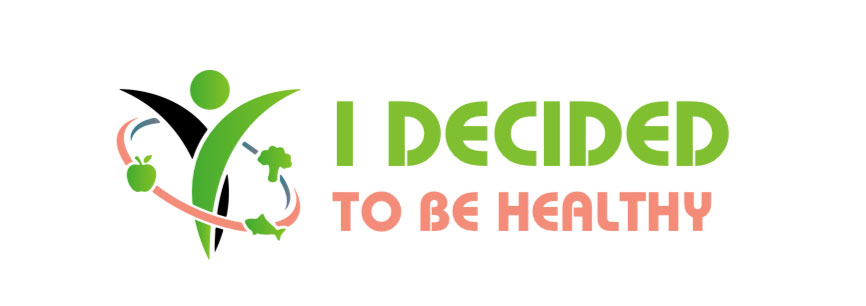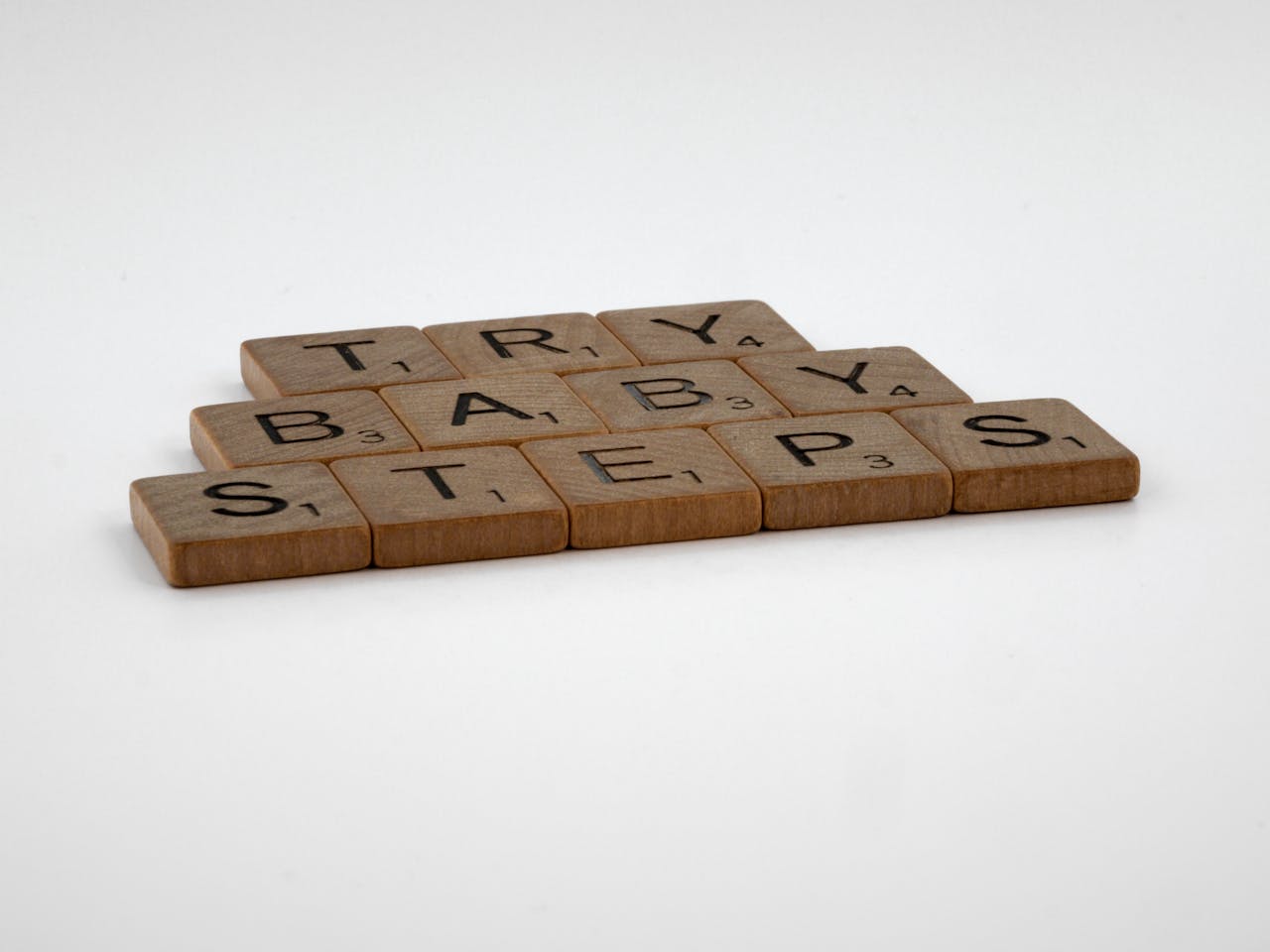How to Transition to a Lectin-Free Lifestyle Without Feeling Overwhelmed: Small Steps, Big Results!
So, you’re thinking about going lectin-free but feeling a little overwhelmed by the idea of changing your entire diet? Don’t worry, you’re not alone! The good news is, you don’t need to dive in headfirst or make drastic changes overnight. Transitioning to a lectin-free lifestyle can be done step by step, making the whole process much more manageable—and, honestly, kind of fun.
Let’s break it down into simple, stress-free steps that’ll help you feel great while making the transition smooth and sustainable.
1. Start with the Easy Swaps
You don’t have to reinvent your entire meal plan from day one. Instead, focus on making easy swaps for some of the most common lectin-rich foods you’re currently eating. This will help you ease into the lectin-free lifestyle without feeling deprived.
Lectin-Free Swaps:
- Instead of white rice or brown rice, try cauliflower rice or quinoa (which is naturally lectin-free once cooked properly).
- Swap traditional pasta with zucchini noodles (zoodles) or almond flour pasta.
- Trade nightshade vegetables like tomatoes and peppers for leafy greens like spinach or kale.
By making these small changes, you’ll notice that going lectin-free doesn’t mean giving up your favorite dishes—it just means getting creative with ingredients!
2. Focus on One Meal at a Time
Another way to keep things from feeling overwhelming is to focus on transitioning one meal at a time. Start with whichever meal is easiest for you to change—maybe breakfast or lunch—then move on to the others.
Example:
- For breakfast, swap your cereal or toast for a lectin-free option like a smoothie made with coconut milk, avocado, and spinach. Or try eggs with sautéed greens and avocado on the side.
- Once you’ve got breakfast down, move on to lunch. Switch from sandwiches or grain bowls to salads with grilled chicken, leafy greens, avocado, and olive oil.
Taking it one meal at a time helps you build confidence and momentum without feeling like you have to overhaul your entire diet all at once.
3. Find Your Lectin-Free Staples
Discovering your lectin-free staples is key to making the transition smooth. These are the foods you’ll always have on hand and can easily incorporate into meals. Think about items you love that are naturally lectin-free or easy to prepare.
Lectin-Free Staples:
- Healthy fats like olive oil, coconut oil, and avocado.
- Fresh, non-starchy vegetables like leafy greens, broccoli, and Brussels sprouts.
- Wild-caught fish, pasture-raised poultry, or grass-fed beef for protein.
- Low-sugar fruits like berries and pomegranates.
By stocking your pantry and fridge with these staples, you’ll always have something on hand for quick, easy, and gut-friendly meals.
4. Focus on What You Can Eat (Not What You Can’t)
One of the easiest ways to feel overwhelmed by a new lifestyle change is to focus on the things you can’t have. But let’s flip that! Instead of worrying about what’s off the menu, focus on all the delicious, nourishing foods that you can enjoy on a lectin-free diet.
There’s a world of variety in:
- Healthy fats like avocados, nuts, and seeds.
- Lean proteins like wild-caught fish, grass-fed beef, and free-range eggs.
- Non-starchy veggies like leafy greens, broccoli, cauliflower, and Brussels sprouts.
- Lectin-free snacks like macadamia nuts, coconut yogurt, and olives.
When you focus on abundance, you’ll find that transitioning to a lectin-free lifestyle feels a lot more exciting than restrictive.
5. Batch Cook and Prep in Advance
Meal prepping is your best friend when transitioning to a new way of eating. Having ready-made, lectin-free meals in the fridge or freezer makes it much easier to stay on track and avoid reaching for quick, lectin-filled options when you’re short on time.
Tips for Meal Prep:
- Batch cook soups, stews, or roasted veggies that you can store in the fridge or freeze for later.
- Chop veggies in advance and keep them in containers for easy salads or stir-fries during the week.
- Grill or roast protein like chicken or salmon ahead of time, so you can quickly add it to meals.
With some simple prep, sticking to your lectin-free goals becomes a breeze.
6. Don’t Be Afraid to Experiment
One of the most fun parts of transitioning to a lectin-free lifestyle is experimenting with new ingredients and recipes. Try out new lectin-free cookbooks, Pinterest boards, or food blogs to discover meals that you’re excited to make and eat.
Experiment with:
- New vegetable combinations.
- Different ways of cooking proteins (grilled, roasted, or slow-cooked).
- Lectin-free alternatives to traditional dishes, like cauliflower crust pizza or almond flour bread.
You’ll find that there’s no shortage of variety, and you’ll soon have a list of go-to meals that you love.
Bottom Line: Transitioning to Lectin-Free Doesn’t Have to Be Hard
By making small, manageable changes—like swapping out ingredients, focusing on one meal at a time, and prepping ahead—you can transition to a lectin-free lifestyle without feeling overwhelmed. The key is to take it step by step, enjoy the process, and focus on the nourishing, gut-friendly foods that make you feel amazing.
Remember, it’s not about perfection—it’s about progress!


